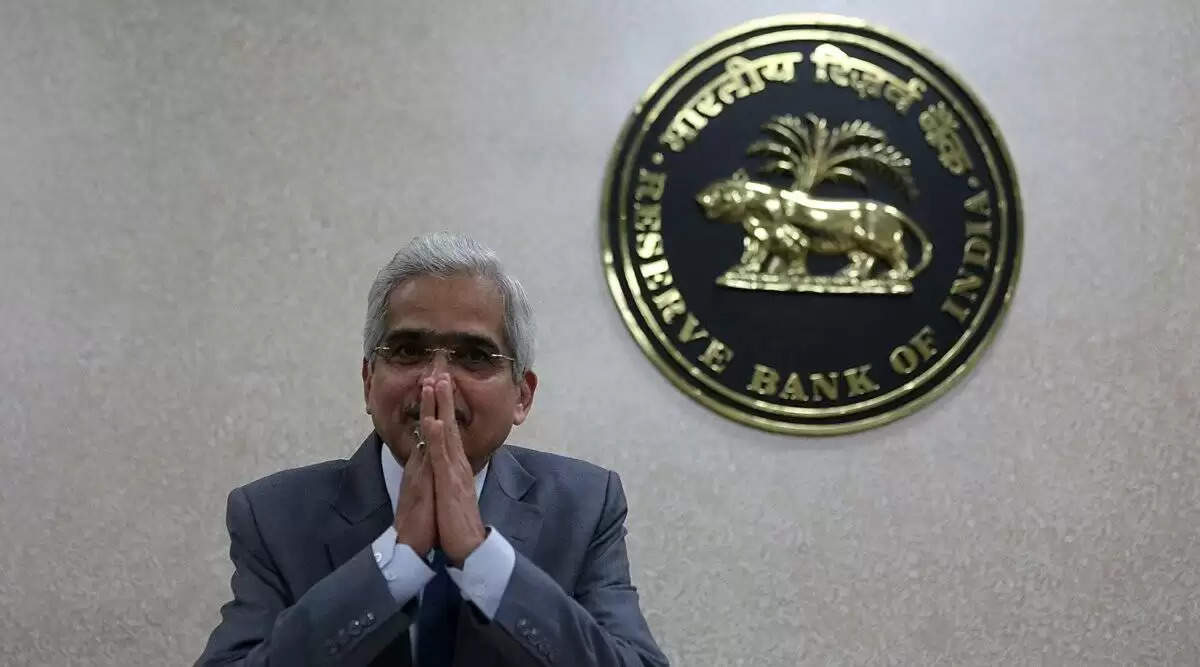RBI Monetary Policy: The repo rate has remained at 4% for the eleventh time.
Announcements from the RBI's Monetary Policy Meeting in 2022: The six-member Monetary Policy Committee (MPC), chaired by Reserve Bank of India (RBI) Governor Shaktikanta Das, kept the repo rate at 4%, while the reverse repo rate remained at 3.35 percent. Here's what the governor of India's central bank said.

RBI Monetary Policy 2022: RBI Governor Shaktikanta Das declared on Thursday that the Reserve Bank of India's (RBI) Monetary Policy Committee (MPC) held the repo rate constant at 4% for the tenth straight meeting while maintaining an 'accommodative stance' as long as necessary.
The MPC voted unanimously 5:1 to retain the accommodative posture, according to the central bank governor, and the reverse repo rate was also kept steady at 3.35 percent.
The bank rate and the marginal standing facility (MSF) rate both stayed at 4.25 percent.
This is the first MPC meeting after the Budget 2022-23 was presented in Parliament on February 1.
On May 22, 2020, the central bank dropped the interest rate on its policy repo rate, or short-term lending rate, to a historic low in an off-policy cycle to boost demand.
During his remarks on the RBI's important decisions, Das stated that India is on a different path of recovery than the rest of the globe and that the country is on track to grow at the quickest rate year-over-year among large economies, according to IMF predictions. This recovery is aided by widespread immunization and ongoing financial and monetary assistance.
In terms of the economy, Das stated that real GDP growth is expected to be 7.8% in the fiscal year 2022-23. (FY23). According to the governor of the Reserve Bank of India, real GDP growth of 9.2% in the current fiscal year (FY22) will lift the economy above the pre-pandemic level.
The bi-monthly policy is being implemented against the backdrop of the Budget, which forecasts a nominal GDP of 11.1 percent for FY23. The bi-monthly policy is in line with the Budget, which projects a nominal gross domestic product of 11.1 percent for 2022-23.
The CPI inflation prediction for the current financial year 2021-22 (FY22) has been kept at 5.3 percent, while retail inflation for the next fiscal year (FY23) is projected at 4.5 percent, according to the RBI governor. The RBI predicts a 4.9 percent CPI in Q1 FY23, a 5% CPI in Q2, a 4% CPI in Q3, and a 4.2 percent CPI in Q4. He stated that the CPI is in line with forecasts, and that the lowering of food prices would contribute to the optimism, but that a big upside risk is the hardening of crude oil prices.
The reactions of economists and market specialists were as follows:
"The RBI remained more concerned on growth versus inflation and hence maintained all the policy rates unchanged," said Sujan Hajra, Chief Economist and Executive Director of Anand Rathi Shares & Stock Brokers. The stance of monetary policy remains accommodating as well. We believe the RBI has enough room to conduct a symbolic 15 basis point reverse repo rise to indicate rate normalization, a determination to stay on top of the inflationary environment and to maintain Indian monetary policy in line with global trends. The rate hike is expected to begin at the next MPC meeting. The monetary policy stance, on the other hand, is likely to remain accommodative."
"The RBI remained more concerned on growth versus inflation and hence maintained all the policy rates unchanged," said Sujan Hajra, Chief Economist and Executive Director of Anand Rathi Shares & Stock Brokers. The stance of monetary policy remains accommodating as well. We believe the RBI has enough room to conduct a symbolic 15 basis point reverse repo rise to indicate rate normalization, a determination to stay on top of the inflationary environment and to maintain Indian monetary policy in line with global trends. The rate hike is expected to begin at the next MPC meeting. The monetary policy stance, on the other hand, is likely to remain accommodative."
"At this critical juncture, when the economy is barely recovering from the uncertainty caused by the third wave of influenza, RBI's decision to hold the policy interest rate steady is a positive one," said Shishir Baijal, Chairman & Managing Director of Knight Frank India. There are still some growth concerns in the economy, but the RBI's accommodative monetary policy will help the economy thrive. Low-interest rates will aid in enhancing affordability and maintaining the growing momentum in the housing sector, which has shown a good recovery from the credit crisis. The continued revival of the housing sector will have a powerful multiplier effect on overall economic growth."
.png)